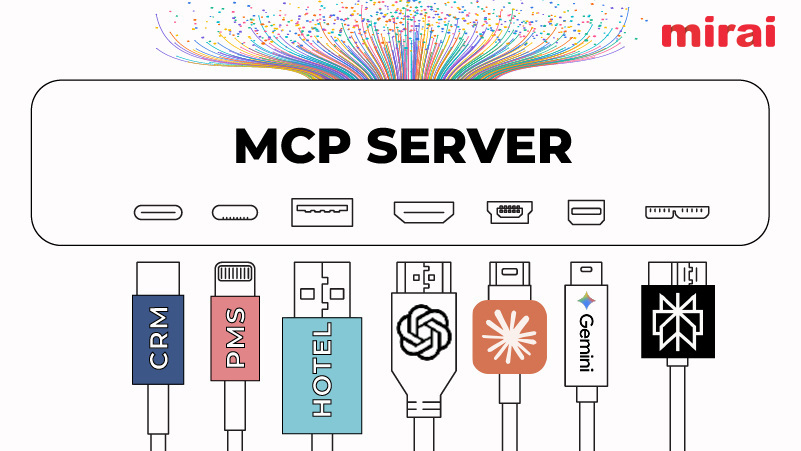
A high occupancy rate is every hotelier’s dream. And to reach that high occupancy rate, hotels are heavily reliant on a good strategy.
NB: This is an article from hotelchamp
In the past, you may have devised a seemingly perfect marketing strategy in hopes of attracting as many bookings as possible. However, you may have also been disappointed to find that you weren’t getting the results you hoped for.
Subscribe to our weekly newsletter and stay up to date
Don’t fall into the trap of thinking you need to invest more in your marketing or improve the on-premise experience. The fact is, while some of your unique selling points (USPs) are perfect for some travellers, they are less relevant for others. This is why having a well-defined target audience, and knowing its ins and outs, is crucial.
Catering to everyone means catering to no one. And by having a set target audience and tailoring your marketing for it, you’ll be able to provide the personalised experience that travellers crave. On top of that, good targeting offers more benefits. Think more efficient spend of your marketing budget, better use of time by investing it in high-value prospects and being able to reach those that see more value in what you offer.
To ensure a focused and highly targeted marketing strategy, here are the 3 steps you need to take to ensure you best appeal to your target audience.
Step 1: Define and understand your target audience
When it comes down to terminology, it’s easy to mix up the ideas of ‘target market’ and ‘target audience’. And while both of them are highly relevant to you, it’s essential that you distinguish and identify both properly.
In the context of hotels, a ‘target market’ is a broad set of people that your hotel could potentially appeal to. A few ways to segment your target market is by looking at demographics such as age, income and location. A ‘target audience’ is a more specific set of people within your target market that you want to reach with specific marketing messaging.
Ways to define your target market and audience
One of the best ways to identify your target market is by looking at your existing customers. What is it that attracts them to your hotel, and what do they have in common? Luckily, for hotels, this information can be easily obtained. You can start by looking at information from your PMS or Google Analytics data. This can help you form a broad idea of what your target market could look like. For a more in-depth analysis, look at reviews, social media comments, surveys or even from conversations your front desk may have with guests. If you feel like there are gaps that you want to fill, consider sending out a post-stay survey via email.




